A physically based renderer with unidirectional path tracing.
It started as an implementation of the Ray Tracing in One Weekend series and slowly became faster, more capable, and more flexible, although it still has a long way to go, as noted in the limitations section.
Features
- Surface shading model based on the OpenPBR Surface model V1.1
- Trowbridge-Reitz BSDFs, PDFs, and sampling functions adapted from Physically Based Rendering
- LTC Sheen from Zeltner, Burley, and Chiang, adapted from ltc-sheen
- Random walk subsurface scattering
- USD scene loading
- Meshes, lights, cameras, materials
- Multiple importance sampling
- CPU multi-threading
Repository
Renders
Scenes
OpenPBR Shader Playground
- V1.0 of OpenPBR Shader Playground Asset
- Minor changes to the scene:
- Transmission masks that are included in the asset but not referenced in the USD scene were used
- Some transparent objects’ thin-walled attribute were overridden
- A glass of orange juice was not rendered, as it is also not found in reference images in the OpenPBR Spec
Open Chess Set
- Chess Set from the MaterialX repository
- Parameters in the Autodesk Standard Surface shading model were mapped to OpenPBR Surface shading model parameters
- Geometries in glTF were converted to USD by guc
- Background is from Poly Haven
Materials
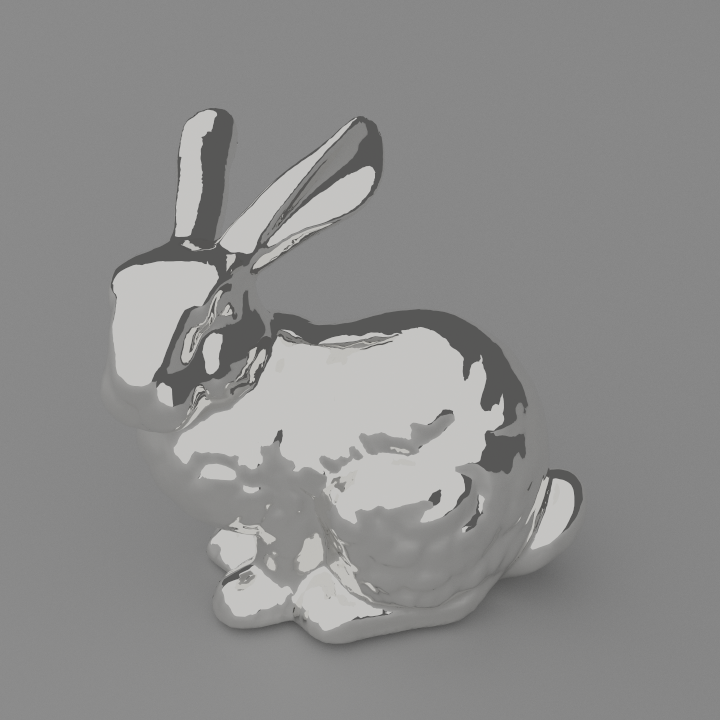 Silver bunny
Silver bunny
|
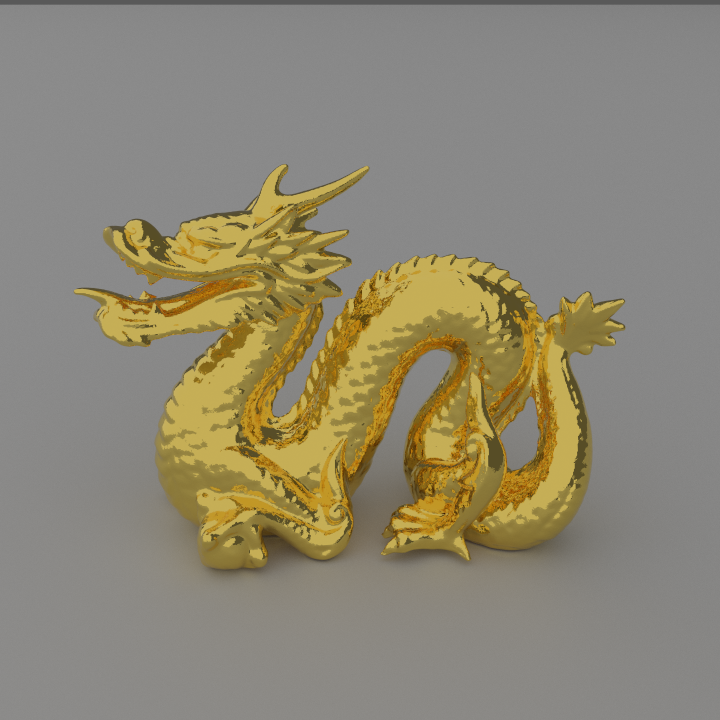 Gold dragon
Gold dragon
|
Transmission
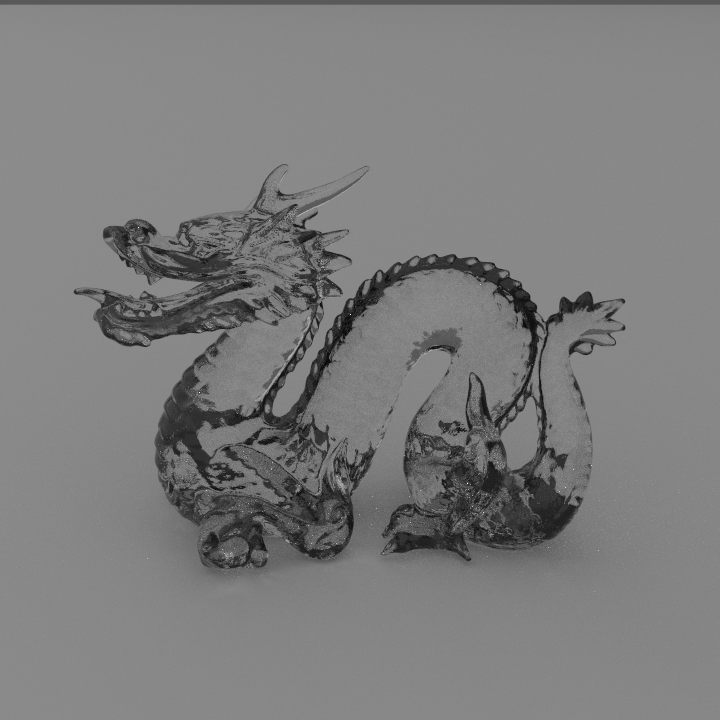 Glass dragon
Glass dragon
|
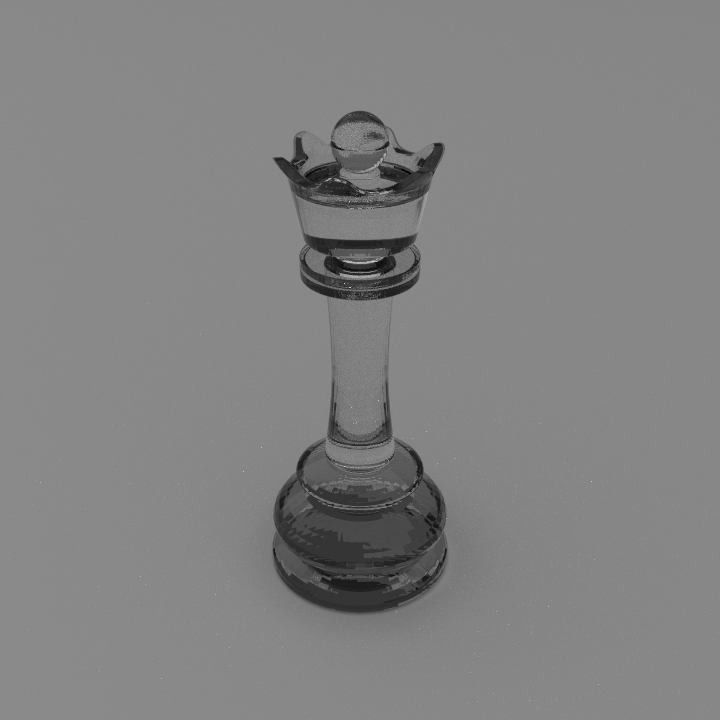 Glass queen
Glass queen
|
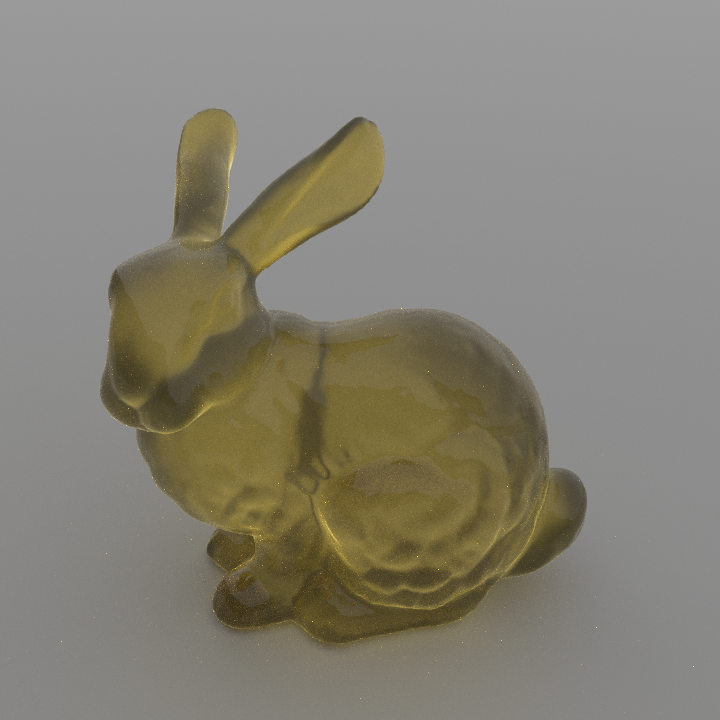 Gummy bunny
Gummy bunny
|
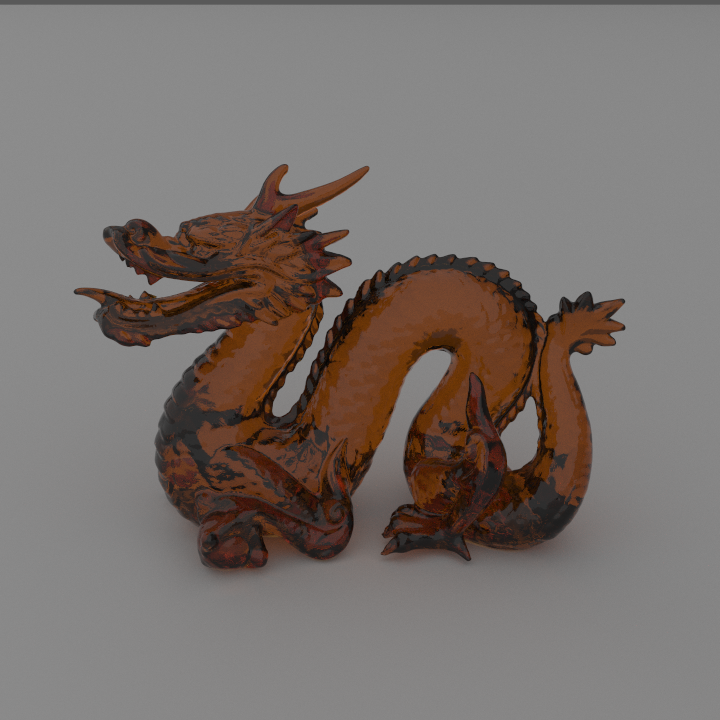 Honey dragon
Honey dragon
|
Subsurface
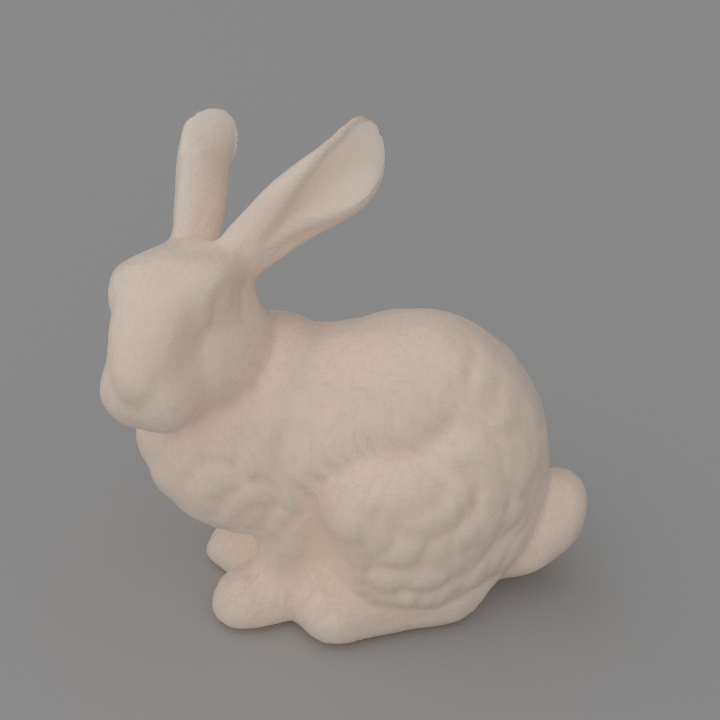 Marble bunny
Marble bunny
|
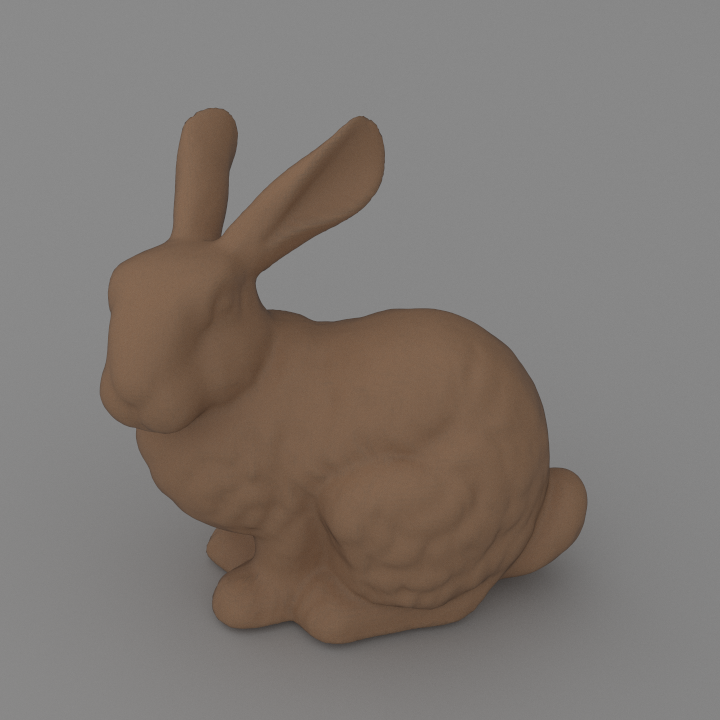 Chocolate bunny
Chocolate bunny
|
Coat
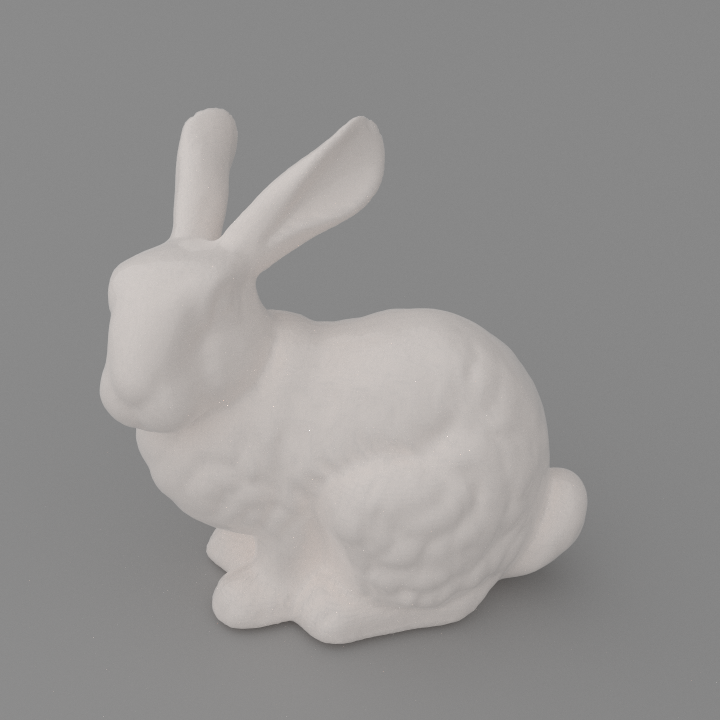 Porcelain bunny
Porcelain bunny
|
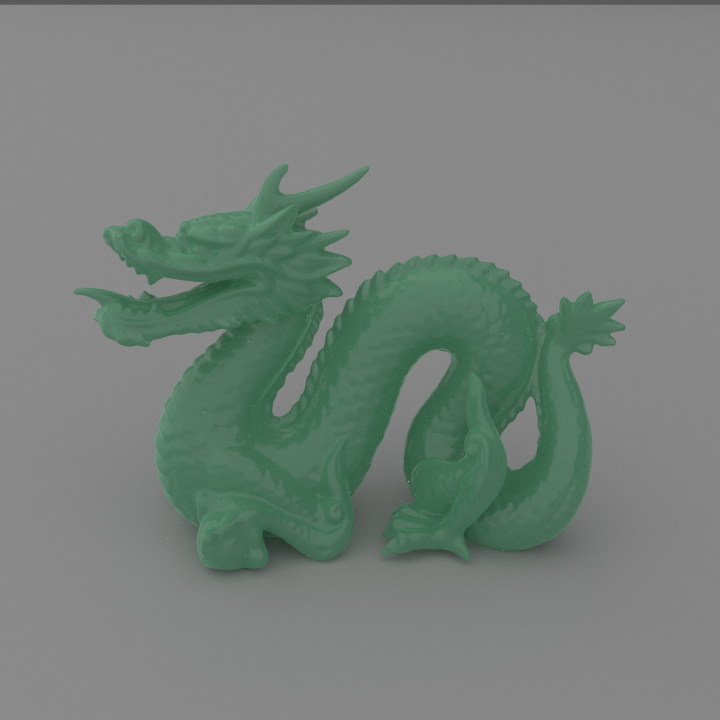 Jade dragon
Jade dragon
|
They also have subsurface scattering.
Fuzz
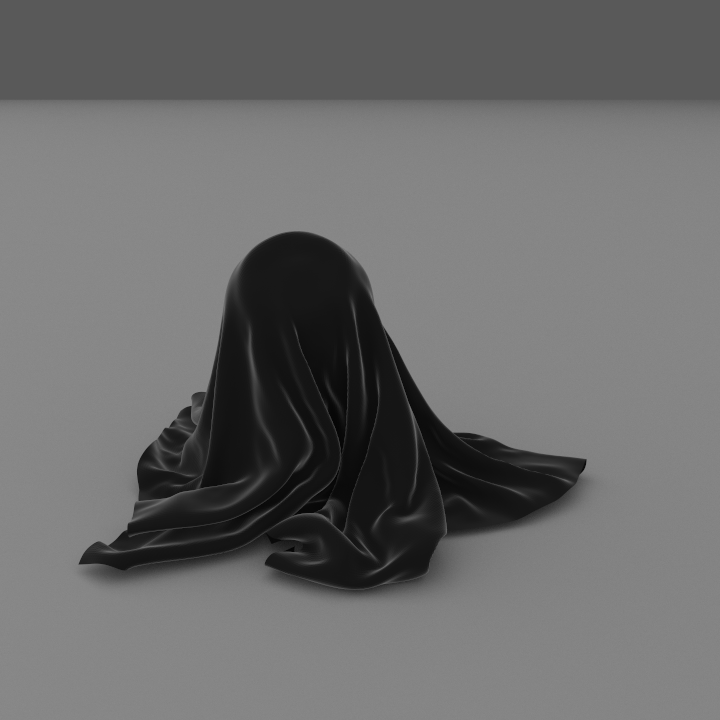 Velvet cloth
Velvet cloth
|
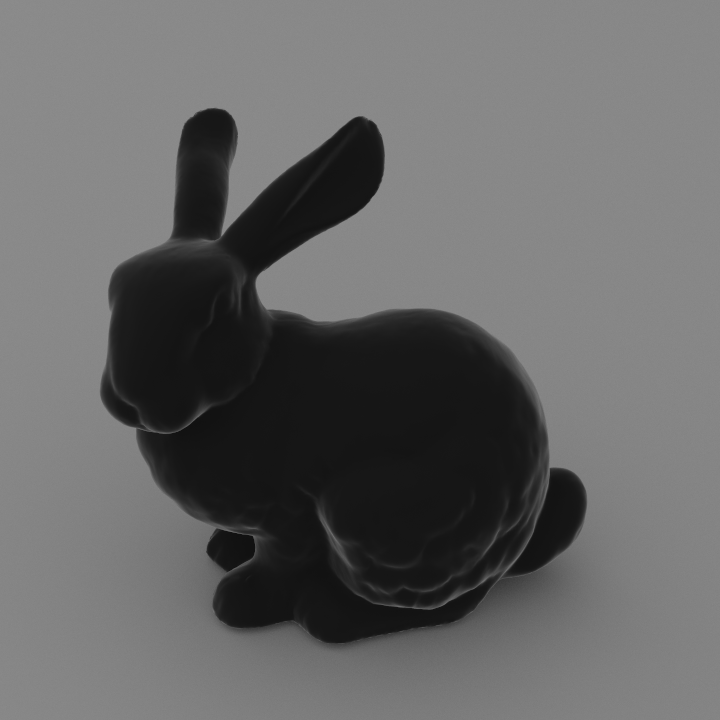 Velvet bunny
Velvet bunny
|
Emission
|
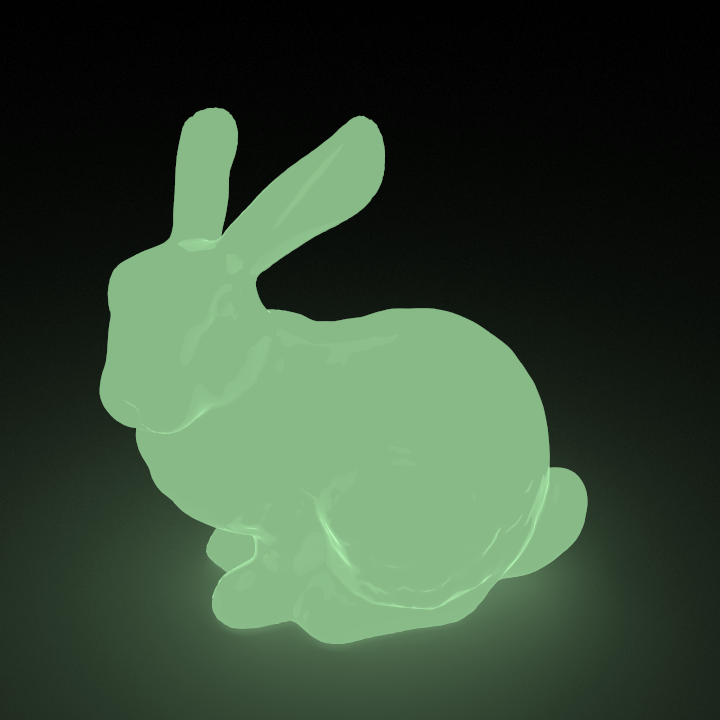 Glow stick bunny with a clear plastic coat
Glow stick bunny with a clear plastic coat
|
|
Other
|
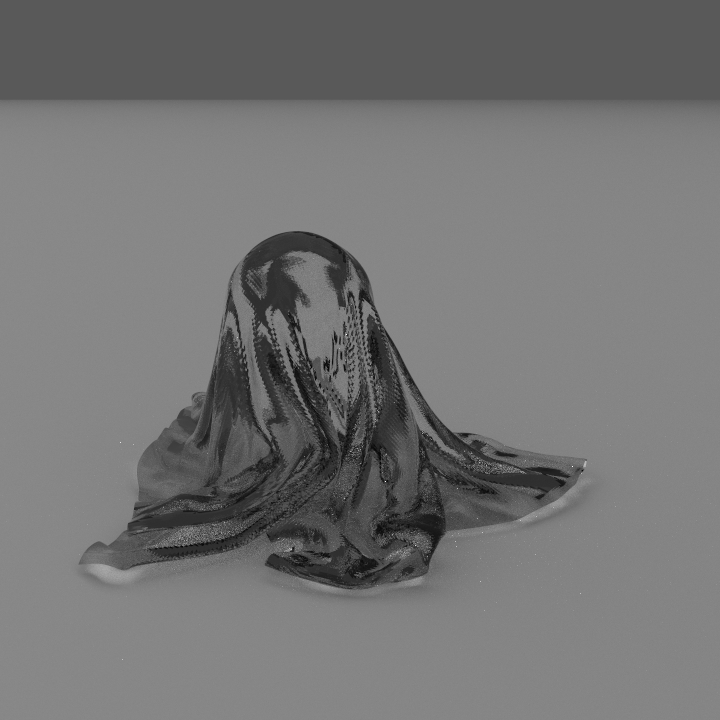 Glass cloth
Glass cloth
|
|
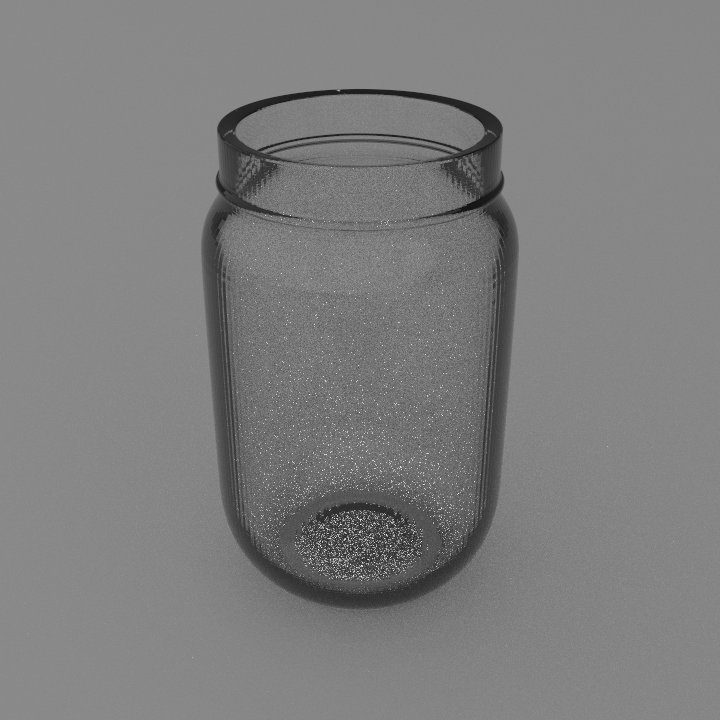 A jar
A jar
|
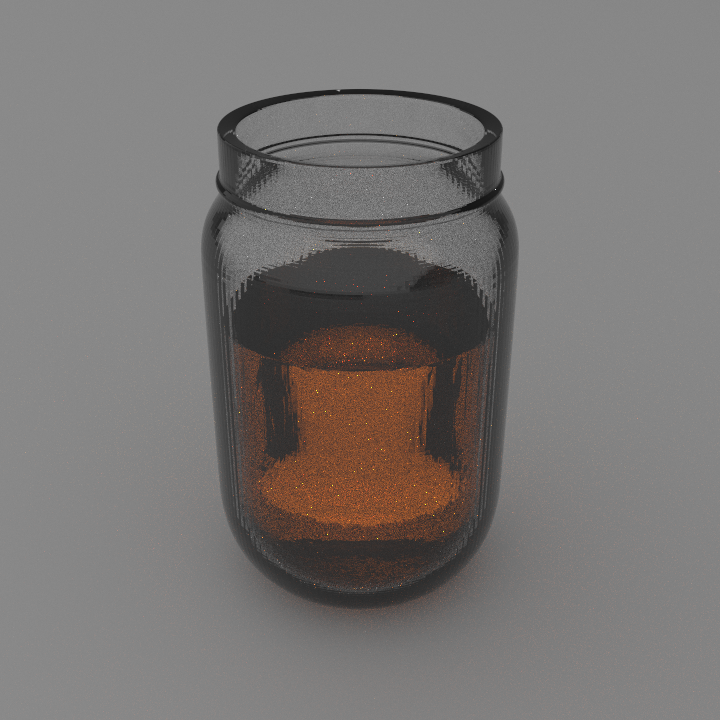 A jar of honey
A jar of honey
|
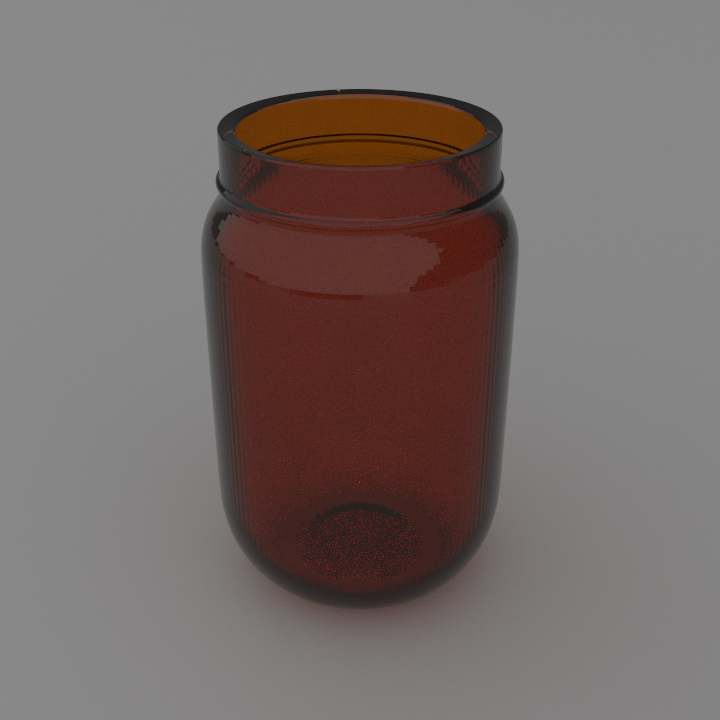 A jar of honey
A jar of honey
|
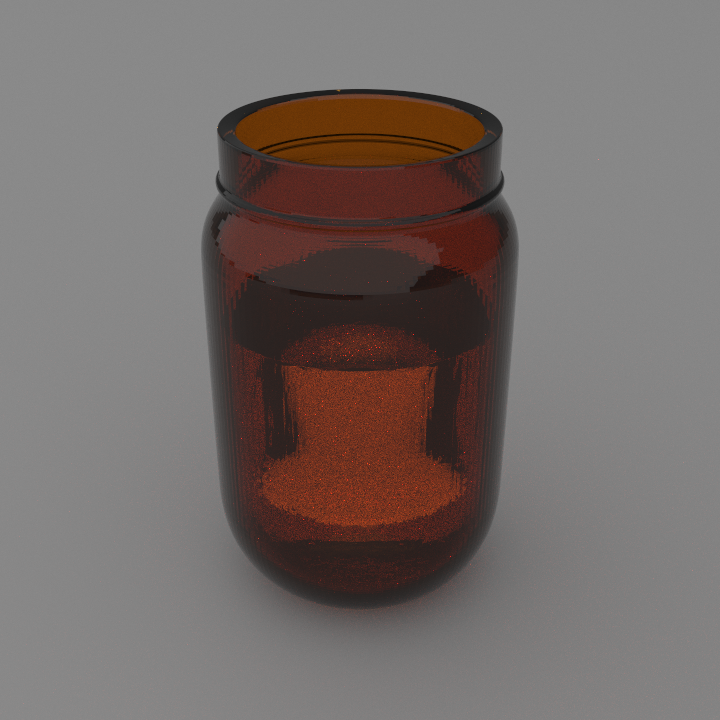 A honey jar of glass
A honey jar of glass
|
Model and material credits
The bunny and dragon are from The Stanford 3D Scanning Repository. They were converted to USD by Blender. The bunny’s vertex-varying normals were generated by Blender.
The mason jar and mason jar liquid are from the OpenPBR Shader Playground asset. Their face subdivision was done by Blender.
The cloth is from glTF Sample Assets.
The queen chess piece is from the Open Chess Set.
Marble, honey, chocolate, glass, gold, and silver are from physicallybased.info. Velvet is from Poly Haven. Jade, porcelain, and glow stick were made by me.
Notable limitations
- Materials:
- No volumetric model for transmission
- Crude thin film approximation
- Incomplete support for OpenPBR parameters
- Inaccurate layering of materials
- Geometries
- No subdivision
- Only triangles, quads, and spheres
- No instancing
- Lighting:
- No HDR
- No spectral distributions
- USD:
- Incomplete support, most notably for node graph-parsing and texture preprocessing
- No animation
- Asset loading
- Cannot load some standard image formats, like OpenEXR and TIFF.
- Large memory usage: all assets are loaded into memory at startup
- Textures
- No mipmaps
- No interpolation
- Speed:
- Slow, with most of the CPU time spent on BVH traversal
- Suboptimal sampling leading to long convergence times
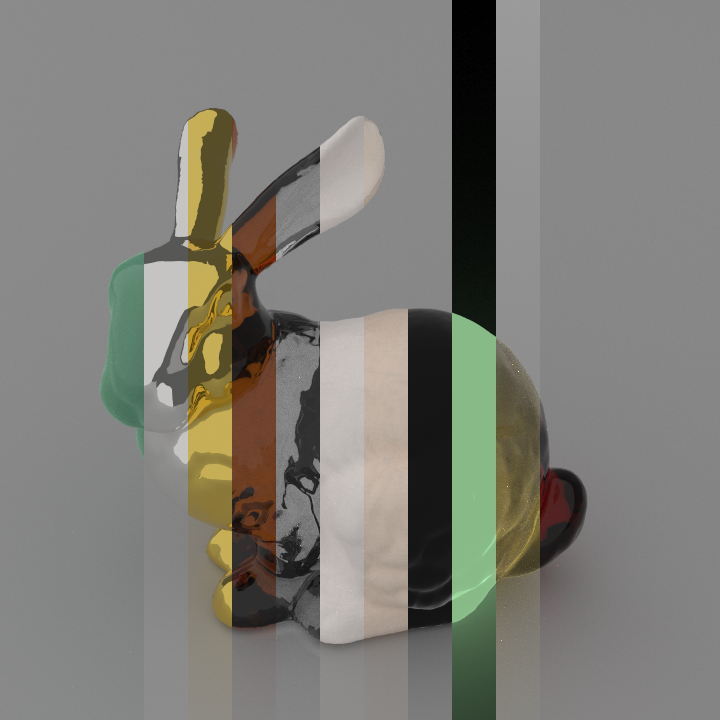
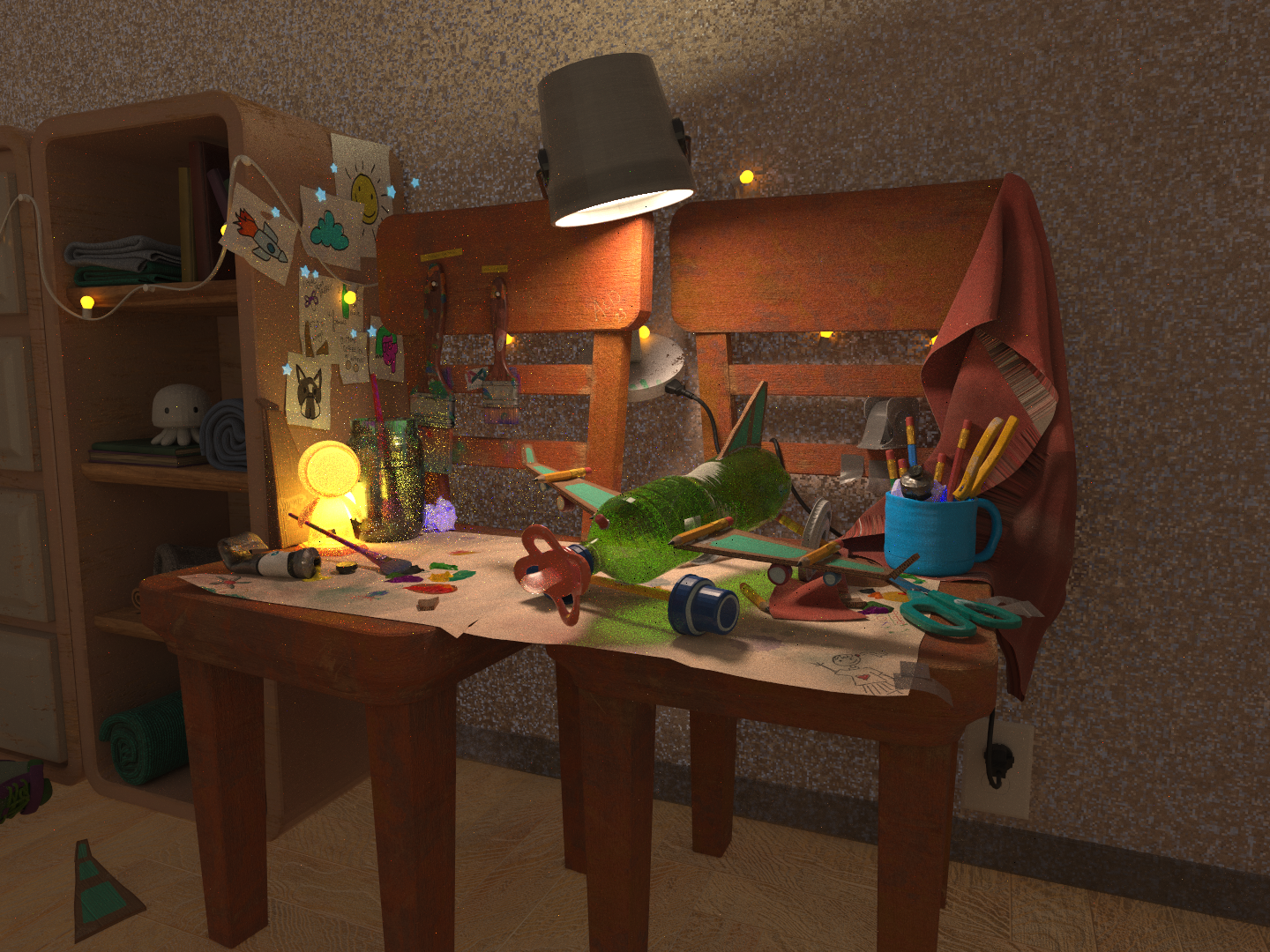
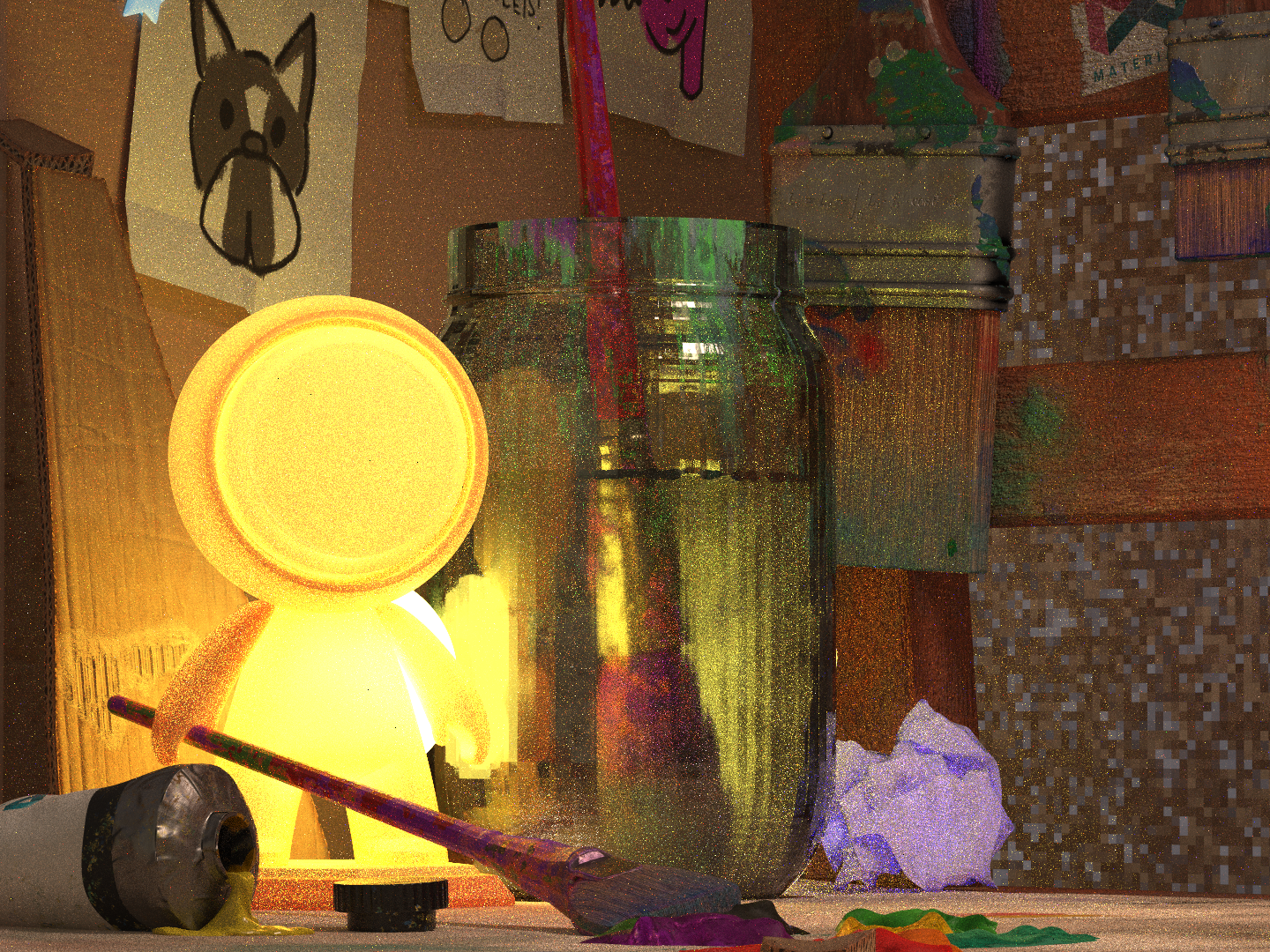
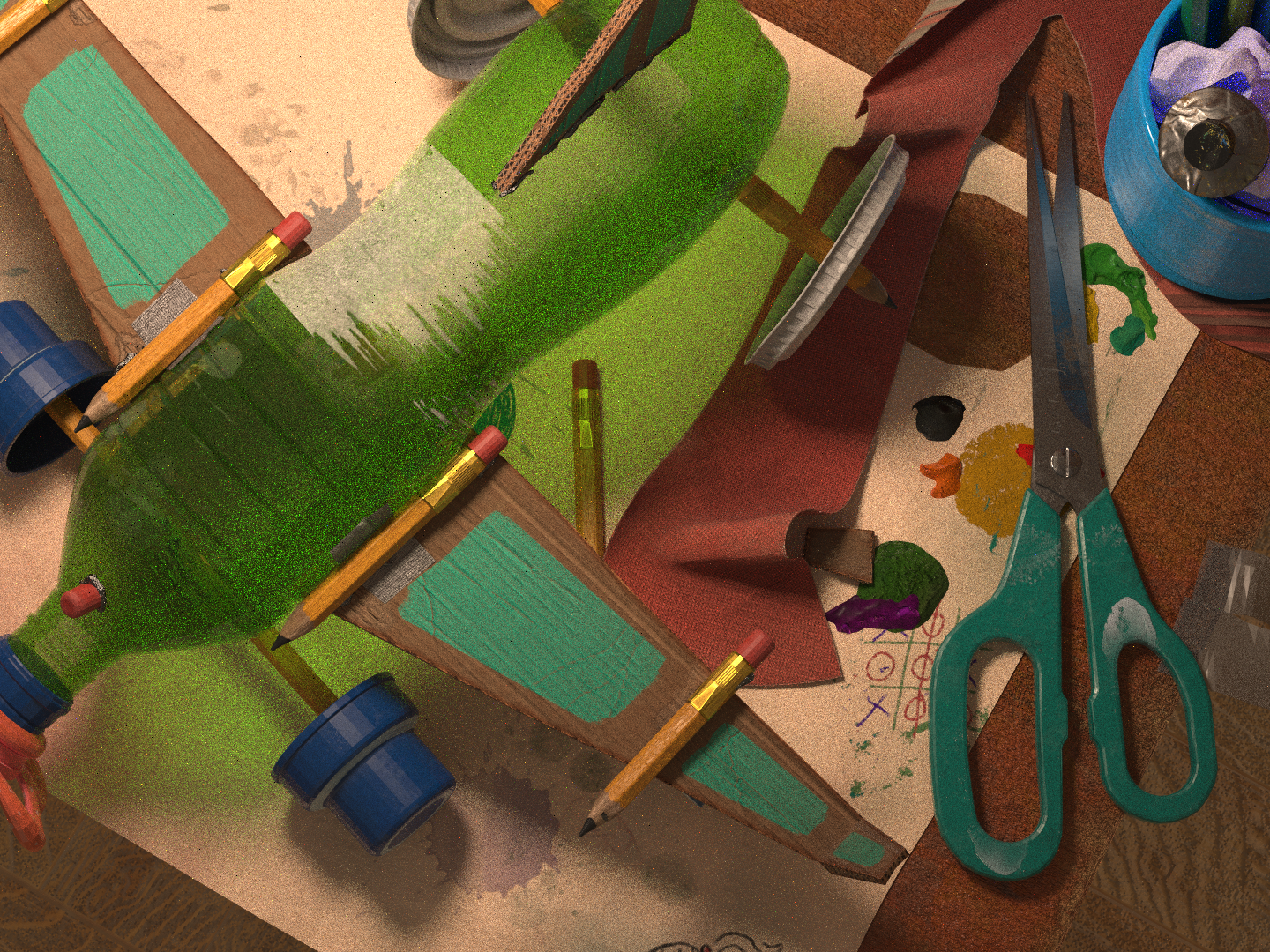
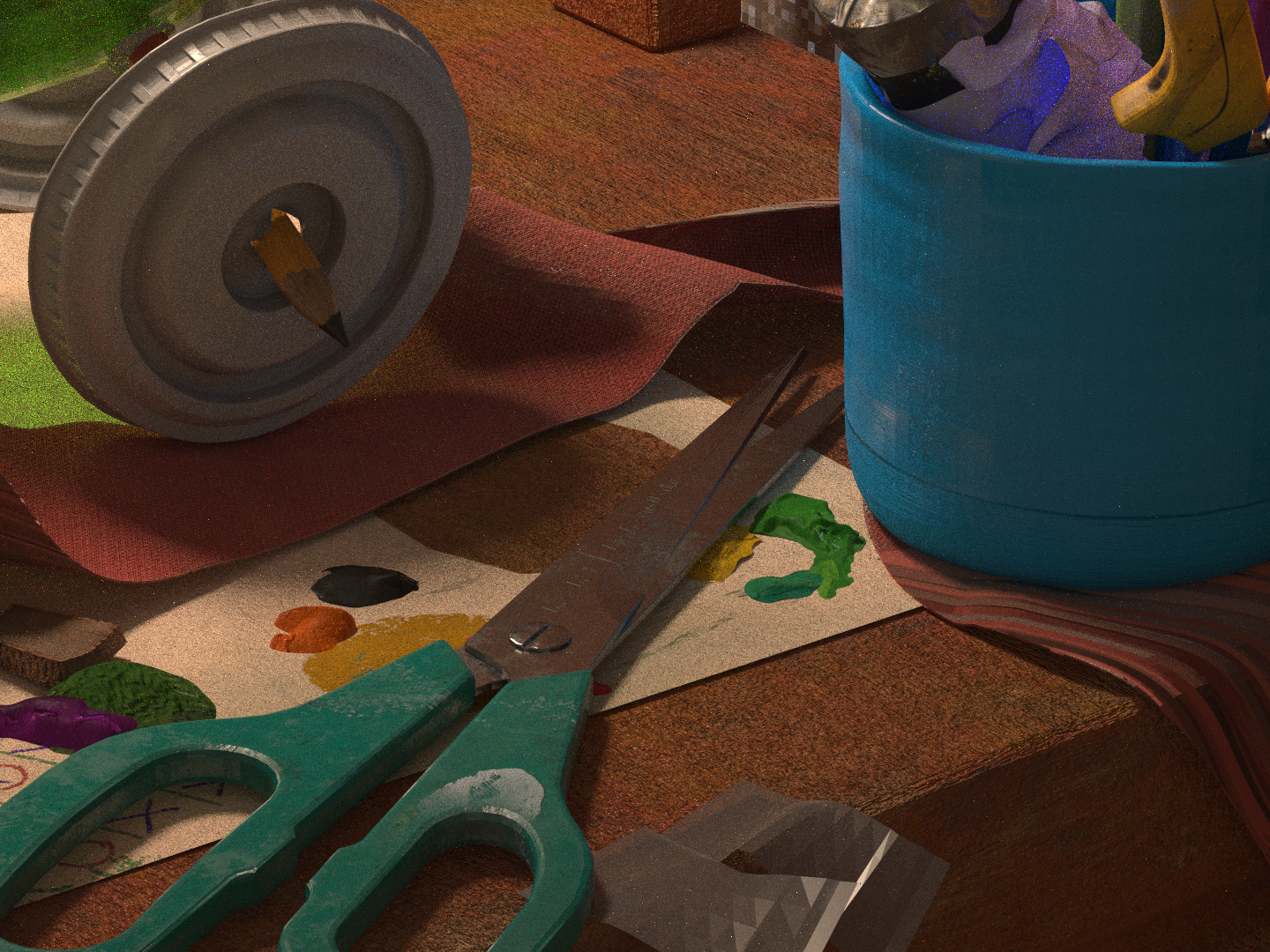
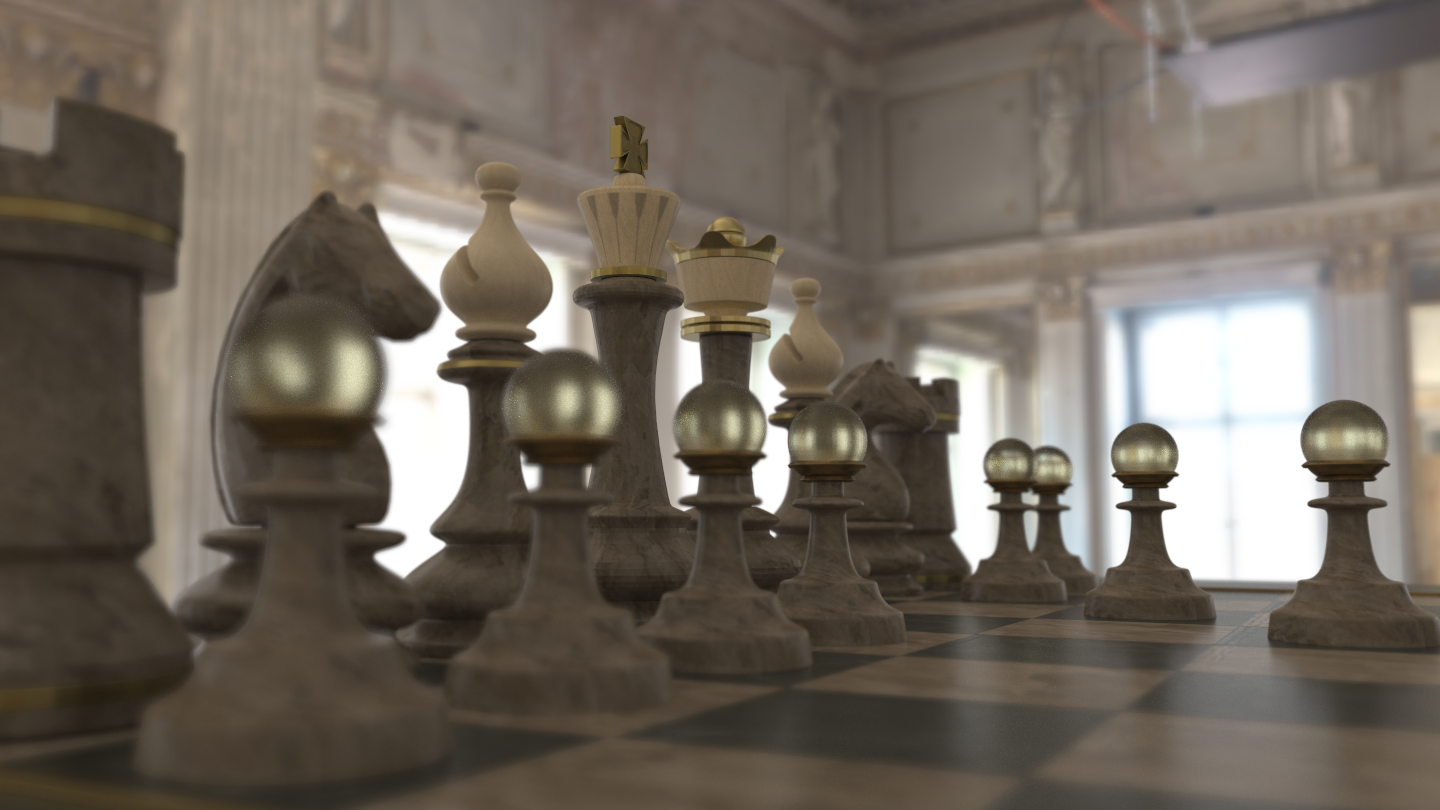
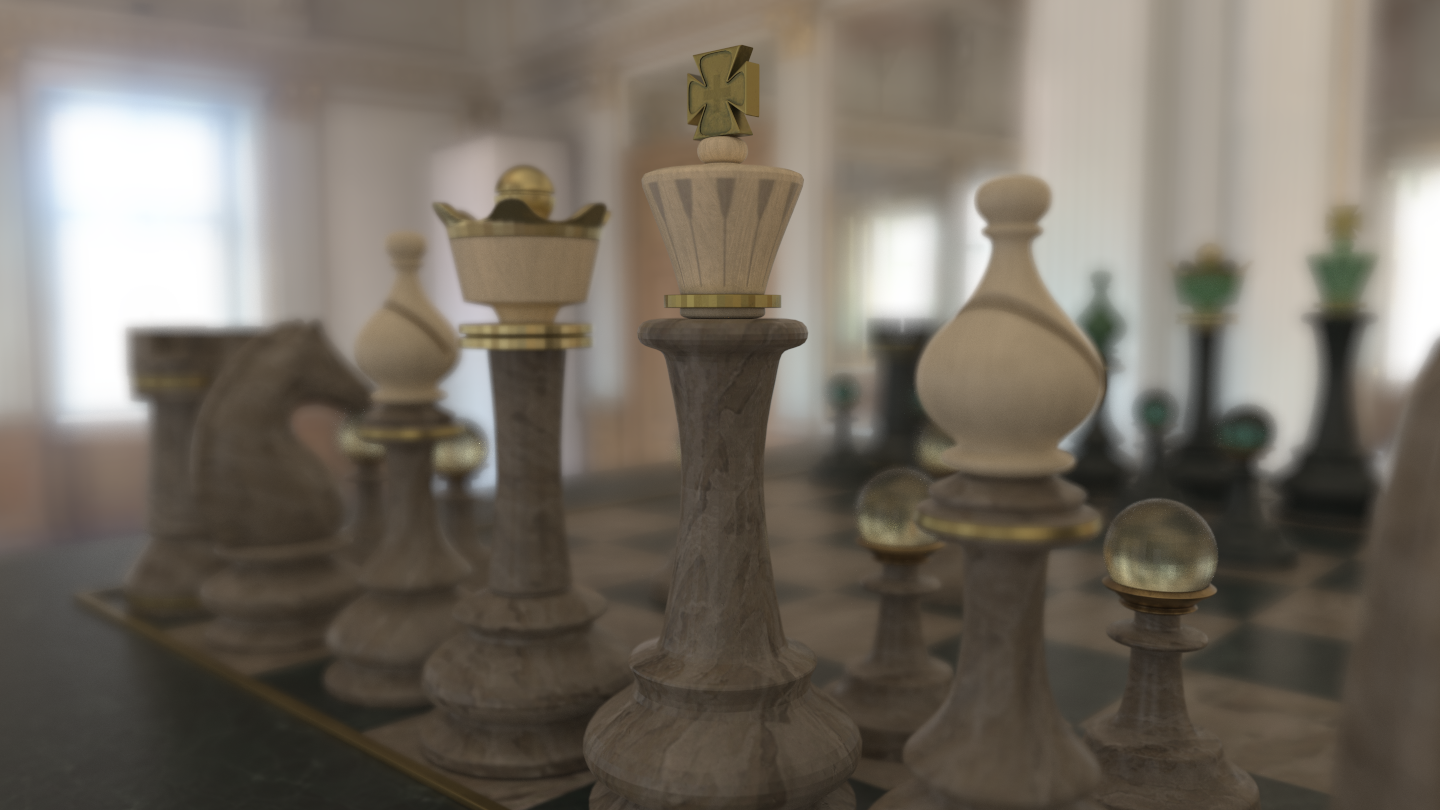
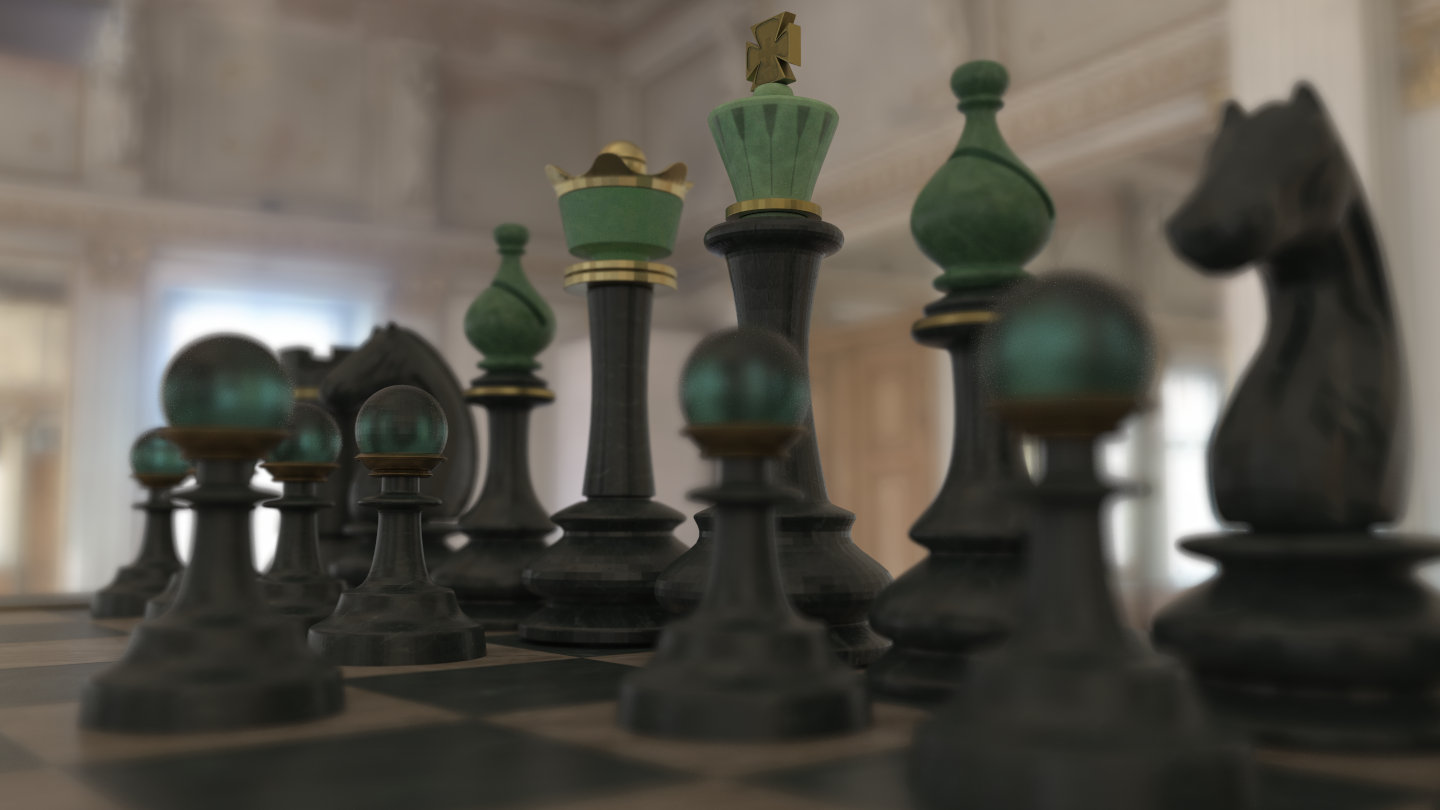
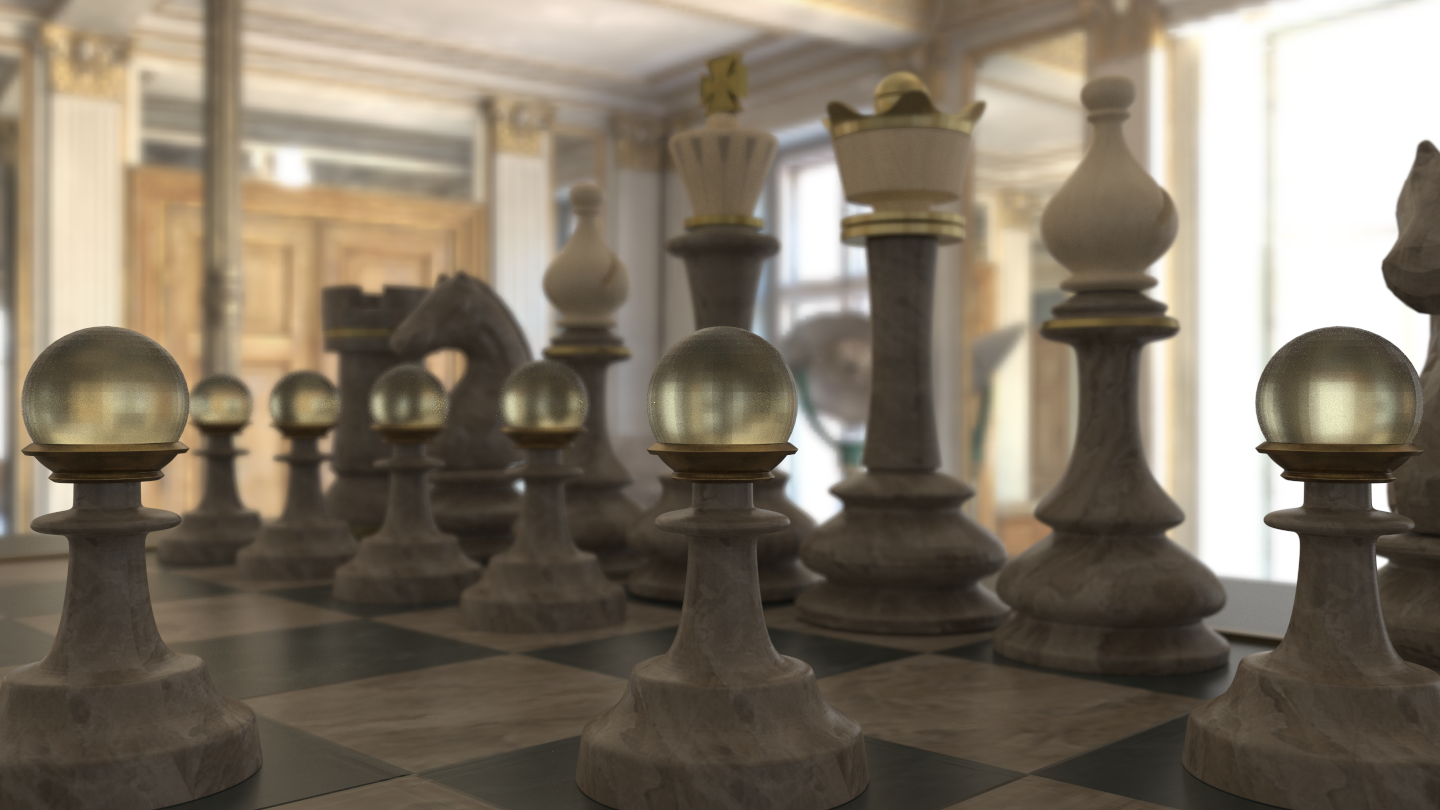
 Silver bunny
Silver bunny
 Gold dragon
Gold dragon
 Glass dragon
Glass dragon
 Glass queen
Glass queen
 Gummy bunny
Gummy bunny
 Honey dragon
Honey dragon
 Marble bunny
Marble bunny
 Chocolate bunny
Chocolate bunny
 Porcelain bunny
Porcelain bunny
 Jade dragon
Jade dragon
 Velvet cloth
Velvet cloth
 Velvet bunny
Velvet bunny
 Glow stick bunny with a clear plastic coat
Glow stick bunny with a clear plastic coat
 Glass cloth
Glass cloth
 A jar
A jar
 A jar of honey
A jar of honey
 A jar of honey
A jar of honey
 A honey jar of glass
A honey jar of glass